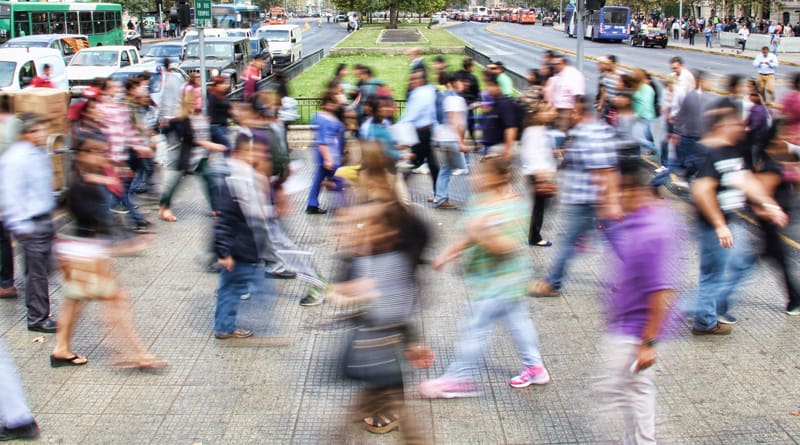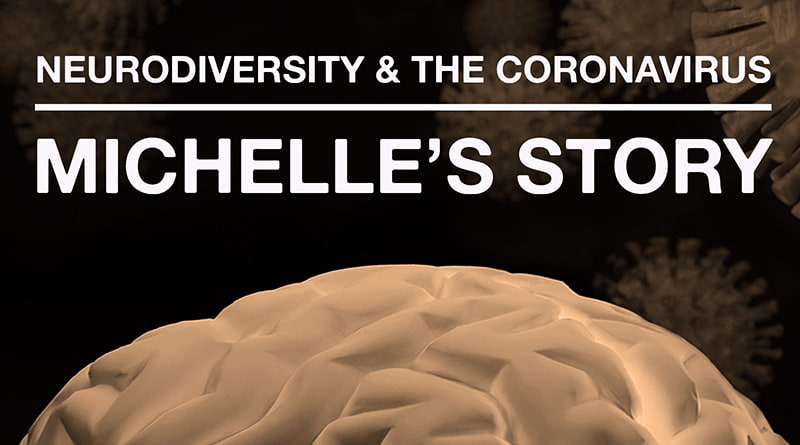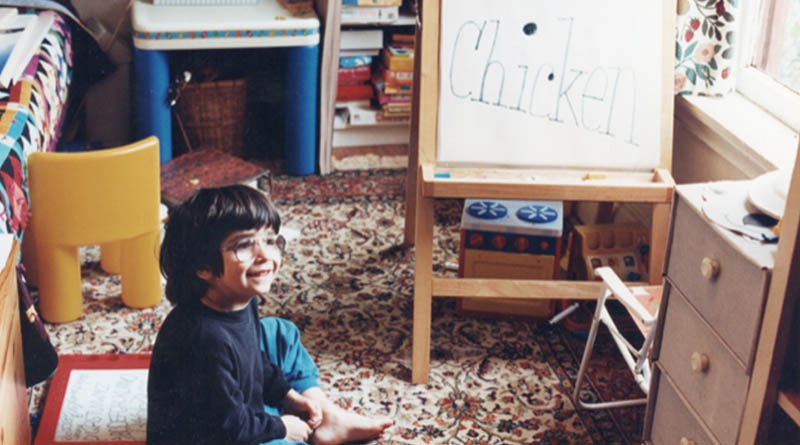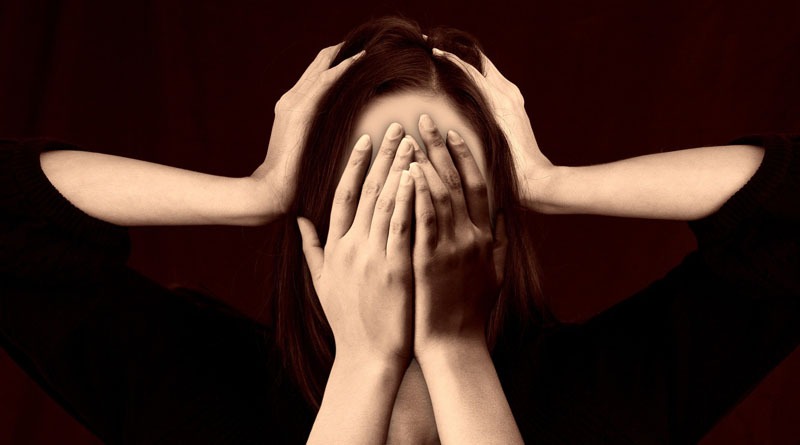
Cultural Learning & Cultural Special Education: A Different Way Of Thinking About Neurodiversity
By Ross Edelstein
A Different Way Of Thinking About Neurodiversity
Often, we think of learning as something that happens in a classroom, and requires a single instructor at the front providing information. A teacher teaches, a student studies, and learning is done in a very hierarchical, linear, and organized way.
But, where did you learn what you felt about a piece of art? Where did you find a book on a very particular topic that interests you? Where did you learn about a specific topic of the specific history of your city? Where did you learn about the emotional connection that you can make with live-performance music? Where did you learn about the social togetherness fostered by sports? Where did you learn about the fact that Red Lobster offers a mix for their biscuits?
None of these places are a school classroom; for most the answers are an art museum, library, history museum, theater or concert venue, sports arena or stadium or park, and the grocery store. It’s more than likely that this is already something that you knew, even if you hadn’t actively thought about where you’re learning and how that takes place before. However, by and large, we structure the supports that exist for neurodivergent folks around the classroom; while there are some supports for those with more significant support needs in getting jobs, or through structured day programs, the reality is that most neurodivergent folks – a label which ranges from Autistic people like myself to dyslexic folks, people who have dyscalculia, those who have ADHD, people with epilepsy, and many kinds of disabilities of mental health – do not have structures outside of the classroom to support learning. When I go to the grocery store, because it is an unfriendly environment, I am trying to get in and out in most cases, as do most neurodivergent folks – I’m not able to learn about different foods I might want to try there. When I go to a new museum (which, I like museums so much I got a whole master’s in the subject!) I often do not get the full experience, because there is so much going on that I am unfamiliar with and very little chance for me to handle it based on the neuronormative (that is, non-neurodivergent, and most often described as neurotypical) design of most museums.
What Is Learning?
This brings us to the question of what learning actually is. It’s a very broad concept: the way that we engage with new ideas and ways of thinking around us, as well as changes in the way we understand ourselves and the world. Basically, learning is how information is perceived, retained, and applied. Yes, it’s math problems and historical dates, but more important is how learning changes the way you think about something. I have a bachelor’s degree in history, with departmental honors, and I had a 4.0 in my history courses to get this. I was even published in my undergraduate academic journal on a research project I did. If you asked me for any specific dates from that project, I would be unable to tell you, but what I learned was the trends and how it affected the course of history, and how that course has affected today. Learning isn’t just about something you can check on a list, but about how you use information and how you can engage with the world as a whole.
The Limits of Accessibility
Now, there is a broad push in cultural institutions – especially those centered on learning – to think about disabled people through the lens of accessibility. In museums, for example, the realm of diversity is labeled as DEAI – Diversity, Equity, Accessibility, and Inclusion – to reflect this. Many programs are labeled as “access programs.” But accessibility, conceptually, is not enough. It’s an important field, but it’s often focused on checking boxes that align with relevant standards. These standards, the child of the Americans with Disabilities Act, are excellent, and the ADA is the best disability rights law in the world, but relying on standards ignores the core of the law: that the ADA is designed to prevent all forms of disability discrimination, including those not within the text of the law.
I talk about cultural institutions here because an area that we don’t often think about within learning is culture, and I work most with cultural institutions like museums. Culture is another loose term, but one that in terms of impact on a person is incredibly important. According to the Oxford dictionary, culture is “the customs, arts, social institutions, and achievements of a particular nation, people, or other social group.” For example, culture is an art work, but it’s also our history, and how we interact with one another and know ourselves. As an example, a custom within culture is something like shaking hands to greet someone, or starting a conversation with a “how are you,” as much as it is appreciating a work of art, or watching a play, or knowing about historical events. Neurodivergent people, by and large, have challenges engaging in culture; from the double empathy problem faced by Autistic people, to poorly designed museum labels affecting dyslexic people, to a drive for intense sensory experiences that leaves out people with epilepsy. Yet, despite the many ways cultural experiences are inaccessible for neurodivergent people, most of the ways that neurodivergent people get cultural support, if they get any at all, is within classroom environments if they’re lucky enough to have that support available and teams willing to provide it.
In education, we as a society have special education as a sub-field. Now, my education as a Disabled person really isn’t that much more special than a non-disabled person’s education, and just in many ways a different process or experience. And because of that, formal, classroom education as well as the federal government has recognized that Disabled people have a different learning experience than others, and many Disabled people, especially neurodivergent people, learn in different ways than others. While the field does have it’s own challenges, for spaces outside of the classroom, this is more than many other spaces have considered, save for the past ten or so years.
The Importance of Participation
It’s also important to know about a concept use often in occupational therapy, a field that I draw from often, called participation. Participation, in the occupational therapy sense, can be most easily boiled down to the ability to do an activity of any sort, and what barriers make it harder to participate and what supports help someone be able to participate. While normally I avoid deficit-based language, for thinking about people’s participation in the world, participation deficits offer a good way to analyze the way we think about engaging with others. Put simply, a participation deficit is any situation where someone wants to participate in an activity, but is unable to engage in said activity to the level they would like. For example, let’s say you wanted to go to a park once a week, but because of a job, you did not have time to do so, and can only go once every two weeks. That would be a participation deficit. There are, of course, many reasons for these deficits to exist, but one common thread among them for neurodivergent is that often, the barriers that cause deficits come from the world around us, how it’s designed, and how people learn and are taught.
Cultural Special Education
Looking at all of this, as I finished my master’s in museum studies, I came up with an idea. Given that there is a need for learning about culture, and making sure that neurodivergent people in particular, but Disabled people as a whole, have access to cultural experiences in the same way everyone else does. This is where I came up with the idea of a “cultural special education.” Despite the name implying a focus on Disabled people as the target audience, it’s in fact quite the opposite. While a major part is developing programs, events, and supports for Disabled people, the main audience of this work is the institutions themselves. While support for helping Disabled people engage in the world around them – such as social narratives or sensory tools – is important, it’s the design of spaces, the treatment that comes from staff, and the ways information is presented – the basis of learning being the perception of information after all – that is the barrier that affects most people. Therefore, while there is an aspect aimed at offering programmatic solutions in the same way that traditional special education offers programmatic solutions to learning, this is just as much aimed at supporting cultural institutions, in the broadest sense possible, at changing the way they think and behave with regards to Disabled people and, particularly with my own work, neurodivergent people.
While I may be the first to use this language around these changes, that isn’t to say that organizations and individuals aren’t already hard at work. In fact, many who are pioneers of the kinds of work I have given this moniker to, especially around neurodivergent folks, have special education backgrounds. That being said, this is intended to be an introduction to the ideas and background information of the threads that were woven together to create this idea. In an upcoming post, I’ll be sharing not only my own work in this space, but beyond that, the work of other organizations and individuals that I have had the chance to learn about over the years I’ve been doing this.
Getting Involved
As a bit of a sneak peak, I’d like to invite you to be a part of my current project: the Park Autism Research Knowledge Synthesis (PARKS) Project! The PARKS project is the first study on the Autistic experience in park spaces, and is led by an Autistic researcher, who just happens to be me, with the support of my wonderful coworkers at the Eppley Institute for Parks and Public Lands. This is a participatory research project; while I’m lucky enough to be able to share my experiences on places like Different Brains’s blog, a lot of folks don’t have the same opportunities I have, and so the goal is to help make sure that the experiences of those who are most impacted by the work are prioritized, not just my own. If you are Autistic, the caregiver of an Autistic person, or a park professional, click on the link appropriate for you below, and you’ll have a chance to respond to the survey.
If you are an Autistic person, you can complete the survey here.
If you are the caregiver of an Autistic person, you can complete the survey here.
If you are a park professional, you can complete the survey here.
Eppley Institute Website: eppley.org




